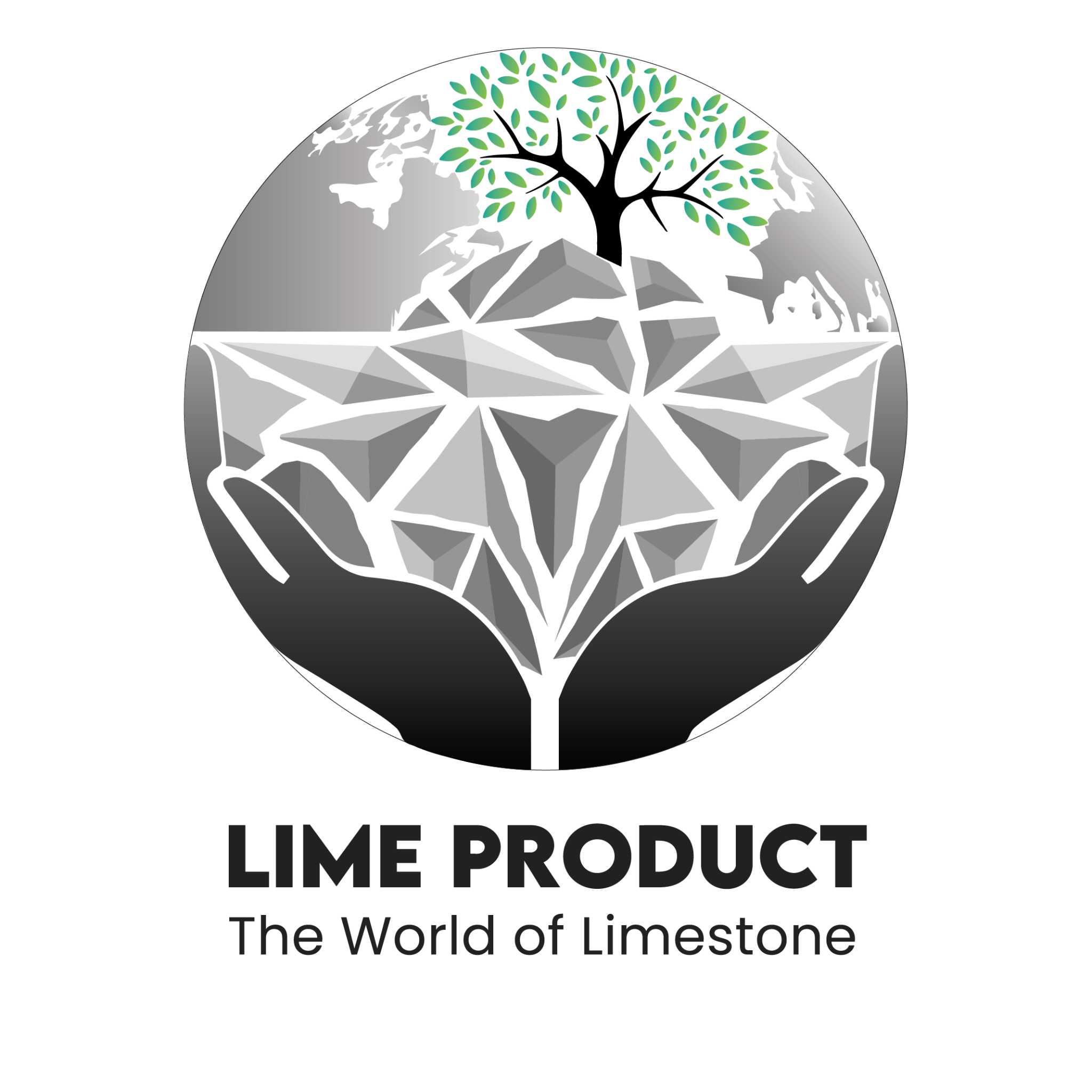Contacts Info
-
Office 2704, Silver Tower, Marasi Drive st, Business Bay, Dubai, UAE
P.O Box 453599 - info@limeproduct.net
- +971 55 971 3767
Materials - So what is our limepro made from?
The scientific term for our main material is Calcium Carbonate, which is one of the most abundant naturally occurring substances on earth.
traditional paper is made from trees or is recycled from existing paper, which comes from 2 primary types of forests: fast-growing lumber tree farms, and logged native forests. Logging native forests has obvious downsides -- when trees indigenous to an area are felled, it destroys the habitat of wildlife. This disrupts that area’s ability to store carbon until new trees and vegetation regrow. Not to mention, logging has one of the highest fatality rates of any job on the planet.
While native farms once felled are sometimes left alone to slowly regrow and recover, many are converted into tree farms. Tree farms claim to be beneficial for the environment by absorbing carbon from the atmosphere with their fast-growing trees, but they compromise biodiversity by planting non-native trees and have adverse long-term effects on ecology, even changing whole nations as in the case of Uruguay. Research from Australian National University contained in their Green Carbon Report suggests that unlogged, native forests store three times more carbon than that of tree farms. Seems better to leave them alone altogether, don't you think?

Water consumption
Limepro saves significant amounts of water!
Limepro uses significantly less water to produce than regular paper. Each metric ton of Limepro requires 102 liters of water, which is circulated in a closed system and reused.
In comparison, those 102 liters of water would make only 9 A4 sheets of traditional printer paper. About 58.6 thousand liters of water are necessary to make 1 metric ton of traditional paper. For 1 metric ton of paper made with recycled pulp paper, about 21.9 thousand liters are required. This is significantly less than making virgin paper, but remember that recycled material is dependent upon virgin the existence of virgin materials.

Waste production & recyclability
When making traditional paper, it’s not possible to convert absolutely 100% of a tree into paper. Even when making traditional paper from recycled material, solid waste is produced. To make one metric ton of traditional paper, over 150 kilograms of solid waste is produced. When making traditional paper from recycled materials, there is even more solid waste (190 kg), as recycled paper contains more impurities. While it is possible to recycle paper multiple times, there is a finite limit— it can only be recycled a maximum of 5 to 7 times
When making limepro, the waste and scraps that are produced come from end cuts from rounding out the corners of pages or test batches. Much like the closed-circuit water system, Limepro produces no solid waste as the scraps can be recycled into more Limepro in the next batch. Unlike traditional paper, Limepro can be recycled indefinitely.
While the cellulose in plant fibers becomes compromised when processed multiple times, calcium carbonate remains intact, meaning it can be recycled over and over again.
Energy use and carbon emissions
We take carbon emissions seriously. So seriously that we’re neutral.
It takes a lot of energy to process timber trees into the pages of a notebook. In fact, in order to produce a metric ton of traditional paper, almost 6 times more energy is required than Limepro.
We use solar energy to power the development of our paper. Limepro has a 60% smaller carbon footprint than regular paper.
But making our carbon footprint smaller is not enough— we need to neutralize it altogether. We invest in carbon offsets to make sure nothing we do is at the expense of the planet.

So how does Limepro feel to use?
Because our Limepro contains no plant fibers, there is no grain direction to the paper. Instead, pens slide across the pages with less friction, allowing for a fluid and effortless writing experience. Limepro is also much harder to tear—it stretches before it tears. Think of the grain of a sheet of paper almost as tiny perforations that guide a tear. Since Limepro has no grain, the material is much stronger.
Another unique aspect of Limepro that differs from traditional paper is its waterproof property. It makes sense—stones aren’t exactly absorbent, and so stone paper should be no different. This means that your important reminders and ideas no longer risk being ruined by a waving hand or sudden weather change. While there is a time and place for paper that is absorbent, this no longer needs to be the default.
